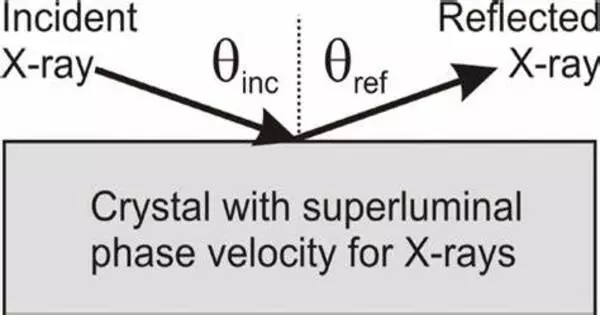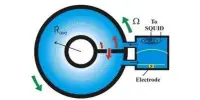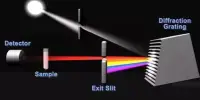Total external reflection is a phenomena that, in theory, can involve any sort of electromagnetic or other wave and is closely connected to total internal reflection. It is a phenomena that occurs when a propagating wave meets a boundary with a medium with a lower refractive index at an angle larger than the critical angle. It is also known as total internal reflection (TIR). The critical angle is the angle of incidence along the border between the two mediums at which the refracted light would travel.
Total internal reflection refers to the notion that radiation can be completely reflected from an interface between two material with different indices of refraction at specific angles. Total internal reflection happens when the first medium has a higher refractive index than the second medium, such as light that originates in water and bounces off the water-to-air contact.
Light or any electromagnetic wave is not refracted into the second medium when it passes from a medium with a higher refractive index to one with a lower refractive index at an angle greater than the critical angle. It is entirely reflected back into the first medium. Because the wave is not transmitted into the second medium, this phenomenon is known as total external reflection.
Total external reflection is commonly observed at the interface between air and a denser material such as glass or water. It has various practical applications, including:
- Optical fibers: Total internal reflection is used to steer light within optical fibers, enabling effective data and signal transmission across great distances.
- Prisms: It is employed in optical prisms, such as binoculars, periscopes, and camera lenses, to reflect and redirect light.
- Reflective coatings: To eliminate undesirable reflections from optical surfaces such as camera lenses, eyeglasses, and display screens, total internal reflection can be used in anti-reflective coatings.
- Fiber optics: It is critical to the operation of fiber-optic communication systems, in which light is transferred over great distances via glass or plastic fibers with minimal signal loss.
Total external reflection occurs when light begins in air and vacuum (refractive index 1) and bounces off a material having a refraction index less than one. For example, the refractive index of X-rays is frequently slightly less than one, and hence total external reflection can occur at a glancing angle. It is named external because light bounces off the material’s outside. This allows X-rays to be focused.
To summarize, total external reflection is a significant optical phenomena with numerous practical applications in domains such as telecommunications, optics, and materials science.
















